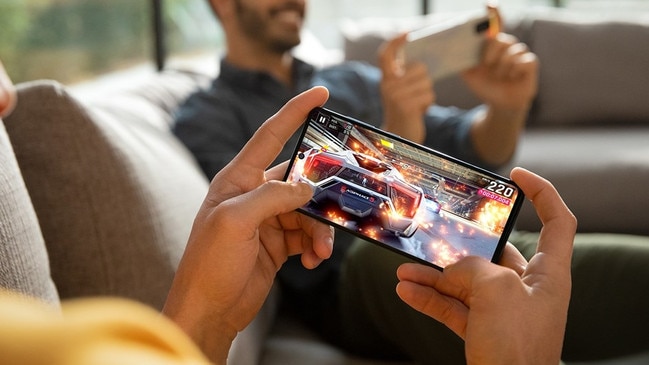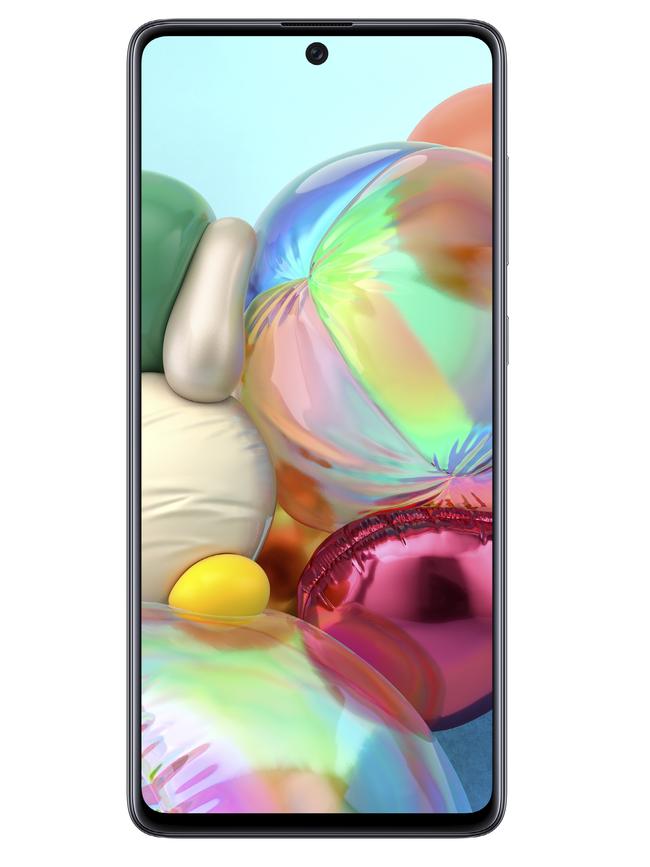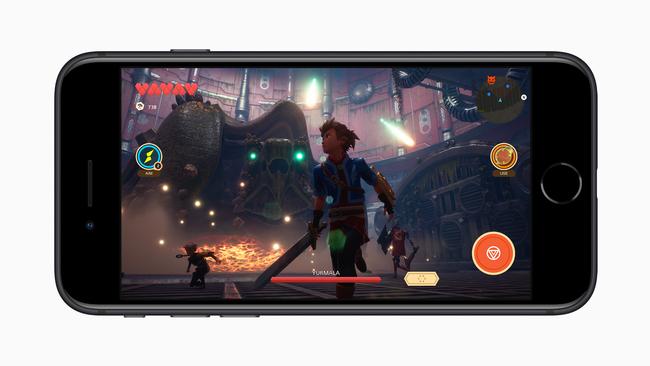Samsung Galaxy A71, Apple iPhone SE battle in the mid-range market
In 2020 many users are turning away from smartphones that cost more than $1000.

In 2020 many users are turning away from smartphones that cost more than $1000.
Fortunately, we are spoiled for choice and the real value is seen in the middle of the pack. The iPhone 4S and Samsung Galaxy S2 were both released in 2011. Both of these flagship devices had a sale price higher than the mid-range phones on the market today. $799 and $899 respectively. Staying with both camps, the iPhone SE (2020 Edition) and Samsung Galaxy A71 both retail for $749. So at this price, are we really getting a premium device? What is the catch?
The Samsung Galaxy A71

The Korean tech giant’s Galaxy A71 offers a large 6.7 inch display that consumes the entire face of the phone. A punch hole 32MP camera is capable of taking selfies and allowing you to be seen in video calls while the back of the device holds four camera sensors, each with their own benefit for capturing that perfect shot.
The rear cameras will shoot video in 4K and slow motion up to 240 frames per second in high definition. You’ll be confident with storing your photos and video collection thanks to the base 128GB of storage and the option to add a microSD card for extra capacity, up to 512GB.
the version we are testing is 4G capable with a 5G model on the way for an extra $100. As most phones have been removing the ability to connect headphones via a 3.5mm connector, the A71 retains this technology while still having USB-C for charging, and audio if you choose.
We were easily able to get through the day using the A71 and with a claimed 42 hours of talk time from the 179 gram device, we weren’t surprised.
The large display feels smaller than it is and more comfortable to use with one hand. The power button on the side is convenient and the fingerprint sensor in the screen even more so. The A71 has a cheap plastic rear casing however. The display is a lower resolution than the flagship S20 and side-by-side you would notice. Photos captured on the device also looked great, we would have loved to see optical image stabilisation (OIS) on the device but there has to be something missing for the cost saving.
Apple iPhone SE

Apple has taken the external features and design of the iPhone 8, put iPhone 11 components inside it and created the 2020 version of the iPhone SE.
The iPhone 8 was released in 2017 and if you’ve always loved the design then you’ll enjoy keeping it fresh three years later. The 4.7-inch display is tiny in today's market, especially when the iPhone 11 uses a 6.1-inch display. This display is not edge-to-edge and the iPhone 8 design still uses a large home button and wasted space at the top for shiny black plastic.
The home button still contains the fingerprint sensor and this was something people loved three years ago before Face ID took over for Apple devices.
This iPhone SE comes in 64/128/256GB versions and to start with 64GB is a reflection of a device that isn’t living in 2020. The 128GB version brings the cost up to $829, still without the option to expand through microSD.
The iPhone SE however is not held back by its looks. The iPhone SE is fast. It ploughs through tasks with the power of an iPhone 11, quickly switching between apps and running the most labour intensive apps in the Apple Store. The camera performs better than the iPhone 8 but not quite as well as the iPhone 11, but you won’t be disappointed. It is the lowest cost of entry into the Apple ecosystem when it comes to smartphones and students will appreciate the cost savings.
The battle between Apple, Samsung, and a host of other vendors is one that is being fought in the flagship and mid-range. In 2020 more and more of us are watching the lower end battle as we seek more value for our money with premium models not necessarily a priority in today’s budget conscious environment.
Let us know in the comments, would you upgrade to a mid-range device?
Geoff Quattromani is a tech commentator across radio, print, online and television. Check out his podcast “Technology Uncorked” for new information each week.


